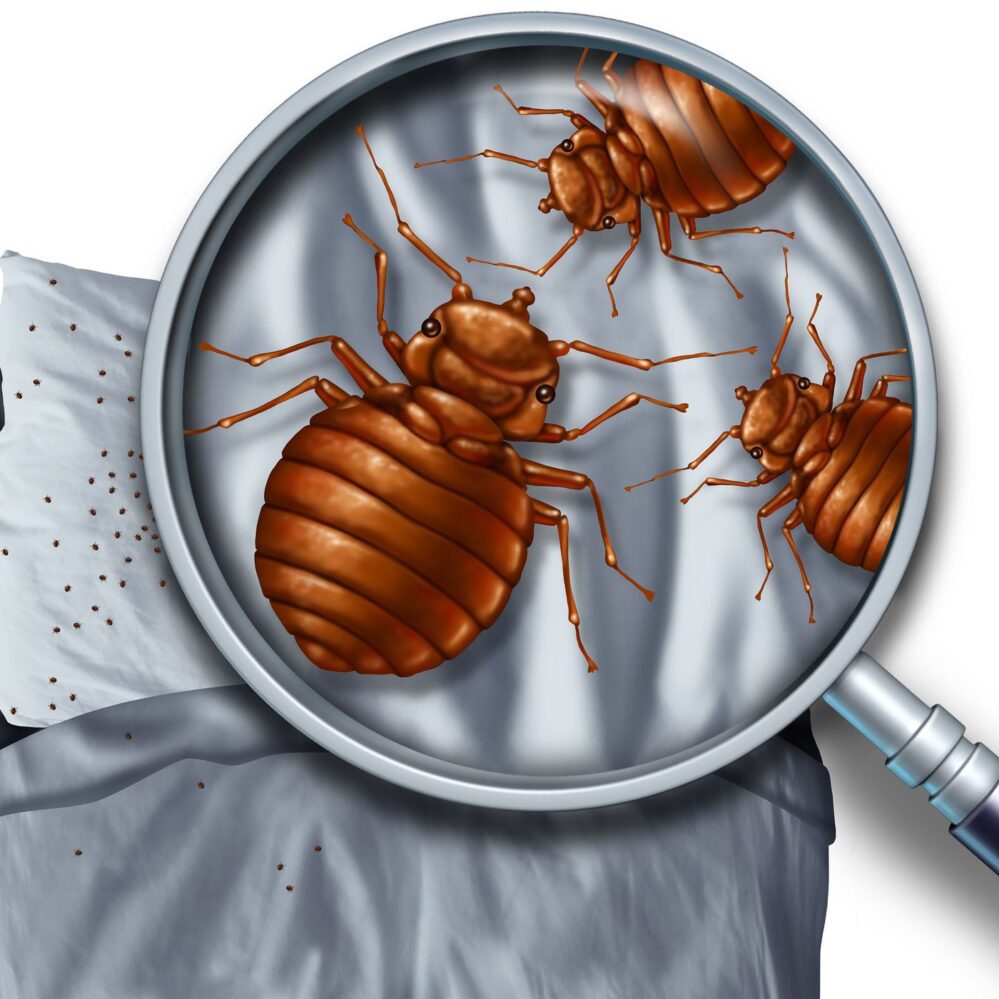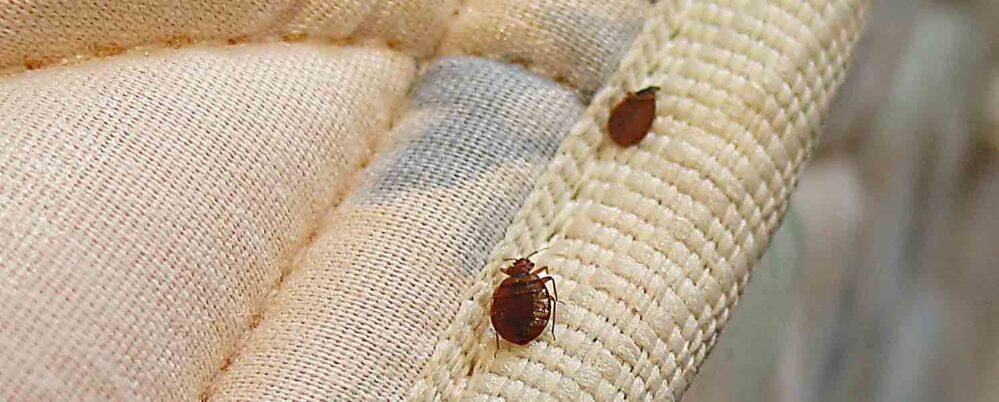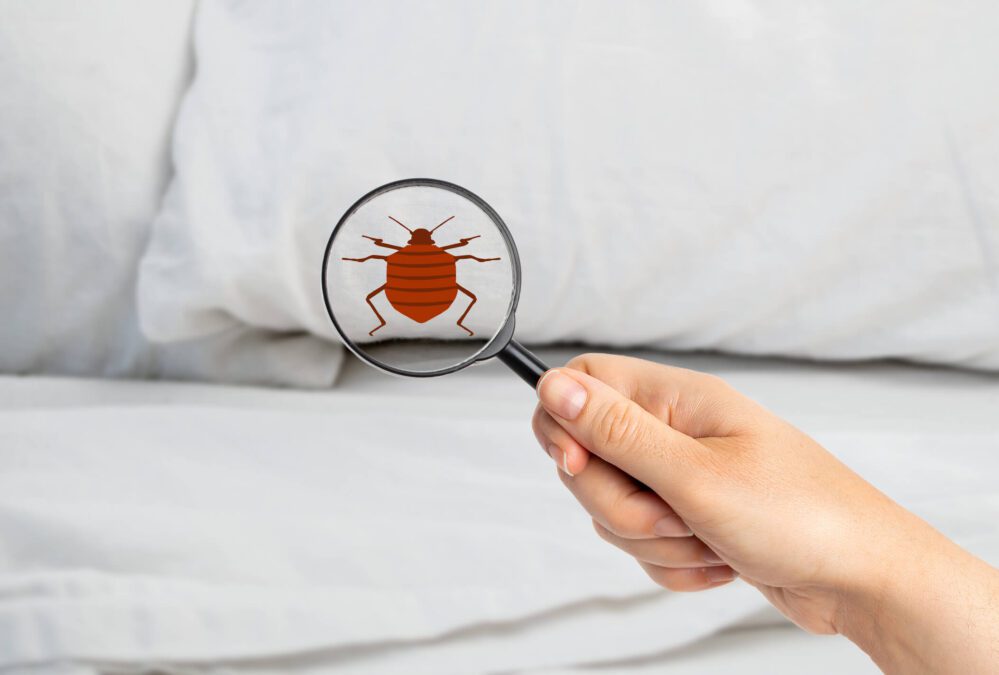
For thousands of years, many cultures have believed that the blood is the life essence of humans and animals alike. The fact that these parasites suck your precious blood as you sleep, should be enough to make you take immediate action.
Did you know that bedbugs in the United States are now immune to bed bugs treatment chemicals like pyrethroids, organophosphates and DDT? If you have been buying these type pesticides to solve your infestation problems, save your money.
Entomology scientists believe that Cimex lectularus, the common bedbug, originally migrated from caves in the Middle East. They can now be found in every country in the world. As a result of this migration, they have also altered their diets. In the caves, they fed on bat blood. Now they feed exclusively on human blood.
If you currently have a bedbug infestation, you want to get rid of them as soon as possible. The bite marks they leave are unsightly and have the potential to cause adverse health issues.
So what are your options when it comes to bed bugs treatment? Read on to learn about the pros and cons of one of the most commonly used treatment solutions for these pests.
Most people who are plagued by these vermin turn to insecticide foggers. While they are convenient, they may not be as effective as you may have been led to believe. Most people use these foggers as their primary solution. Unfortunately, it usually takes much more than this to rid yourself of bed bug infestations.
Fog-type pesticides are generally good for quick knock-down of more exposed bed bugs. However, the fogs created by these products often can not reach into the nooks and crevices where these parasites live and reproduce.
You should be especially cautious when shopping, as some of these products have misleading labels. They claim that they are effective against bedbugs, when in truth they are not. So you must be sure to purchase foggers that are specifically formulated for bedbugs.
Another problem with foggers is that they are often over-used. This is due to the fact that people have difficulty calculating square footage ratios for coverage areas. This leads them to use more insecticide than necessary.







